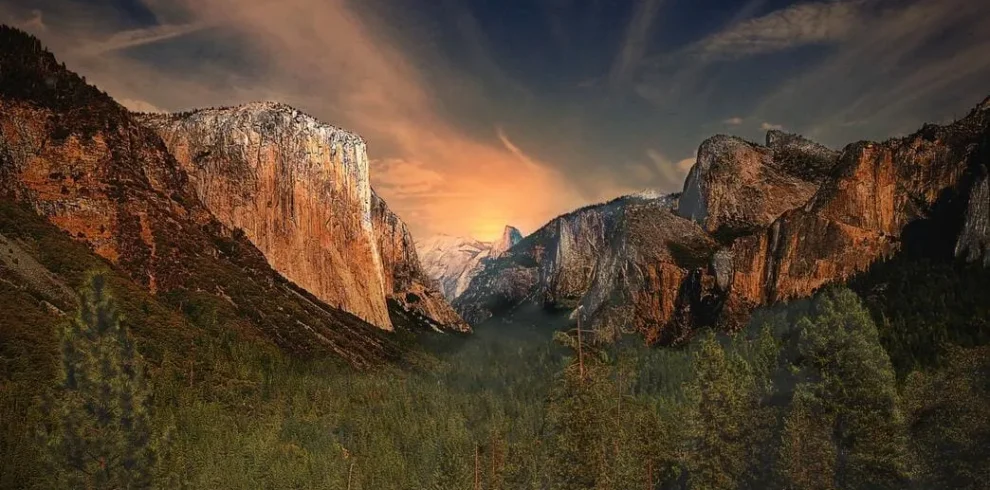- 7
- 2
- 1
- 1
Mountaineering
A mountaineering peak refers to a mountain or hill summit, or a rock formation that requires technical climbing to reach the top. The term is often used in regions like Germany, particularly in climbing areas such as Saxon Switzerland, the Zittau Mountains, and other nearby ranges in the German Central Uplands. These peaks can only be ascended via climbing routes that are at least grade I on the UIAA scale or through jumping from nearby rocks or massifs. As a general rule, a mountain must have a topographic prominence of at least 10 meters to qualify as a mountaineering peak.
In Saxon Switzerland, the Saxon Climbing Regulations do not mandate a minimum height but define climbing peaks as those that require technical climbing skills to summit. Additionally, the peak must be recognized by the responsible sub-committee of the Saxon Climbers’ Federation (SBB) and the appropriate conservation authorities. Mountaineers can often identify these peaks by the presence of a summit register and abseiling anchor points, which are commonly installed for safety purposes.
In other climbing areas, such as Bohemian Switzerland, climbing peaks are defined differently. These areas require the peak to have a significant rock face, where the lowest side is at least 6 meters high but no more than 10 meters, marking them as suitable for mountaineering activities. This distinction ensures that the peak offers a technical challenge while still being accessible for experienced climbers.

- Jan
- Feb
- Mar
- Apr
- May
- Jun
- Jul
- Aug
- Sep
- Oct
- Nov
- Dec

- Jan
- Feb
- Mar
- Apr
- May
- Jun
- Jul
- Aug
- Sep
- Oct
- Nov
- Dec